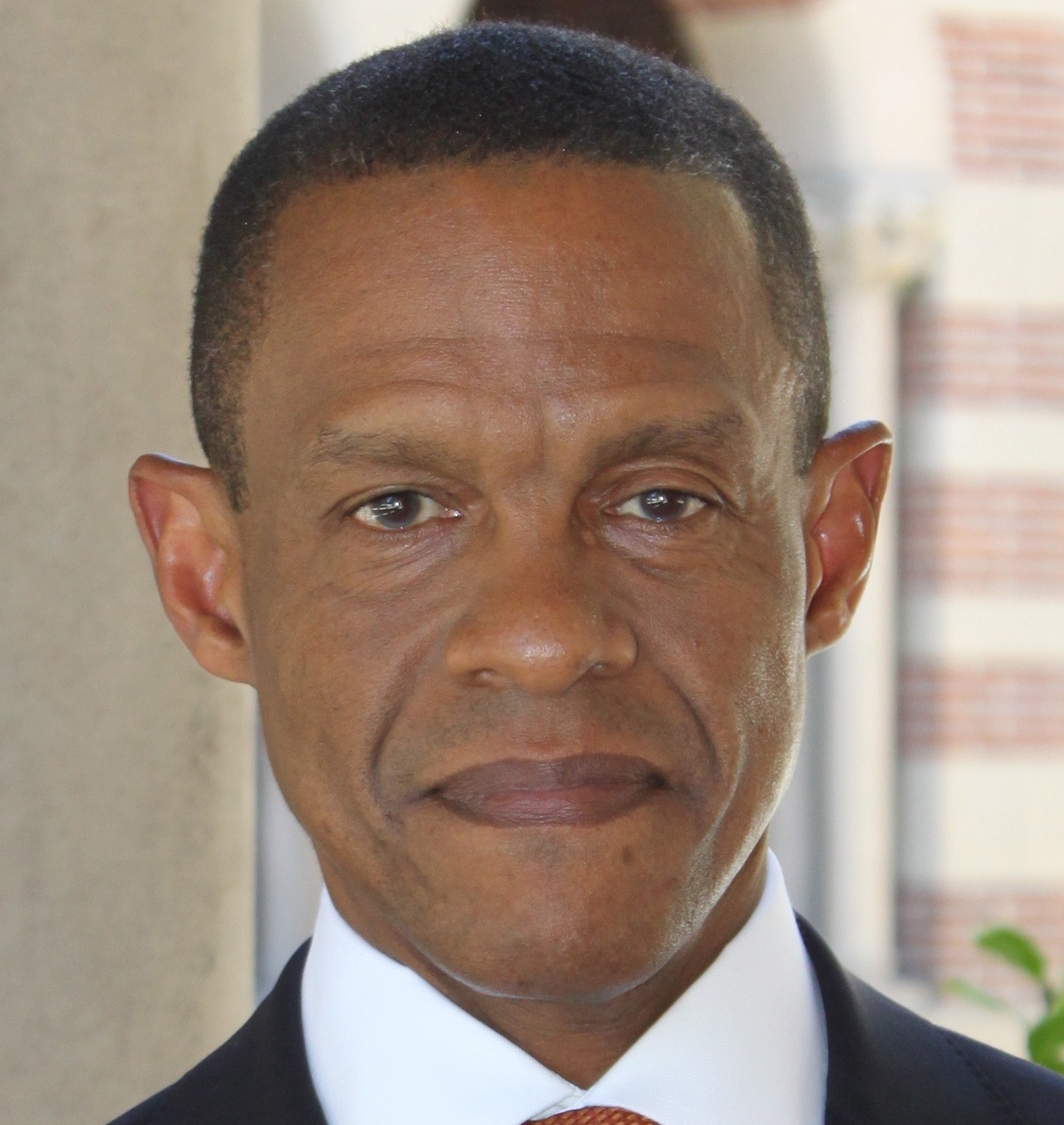The Elephant in the Room – LAX Shooter is a Terrorist
Paul Anthony Ciancia, the 23-year-old who shot TSA agents at LAX, made his first court appearance this month. Since the shooting, news outlets have reported on the attack itself, on Ciancia’s mental state and on methods for improving security. Yet, in the extensive coverage of the shooter’s actions, there is one word that is conspicuously and erroneously absent: terrorist.


